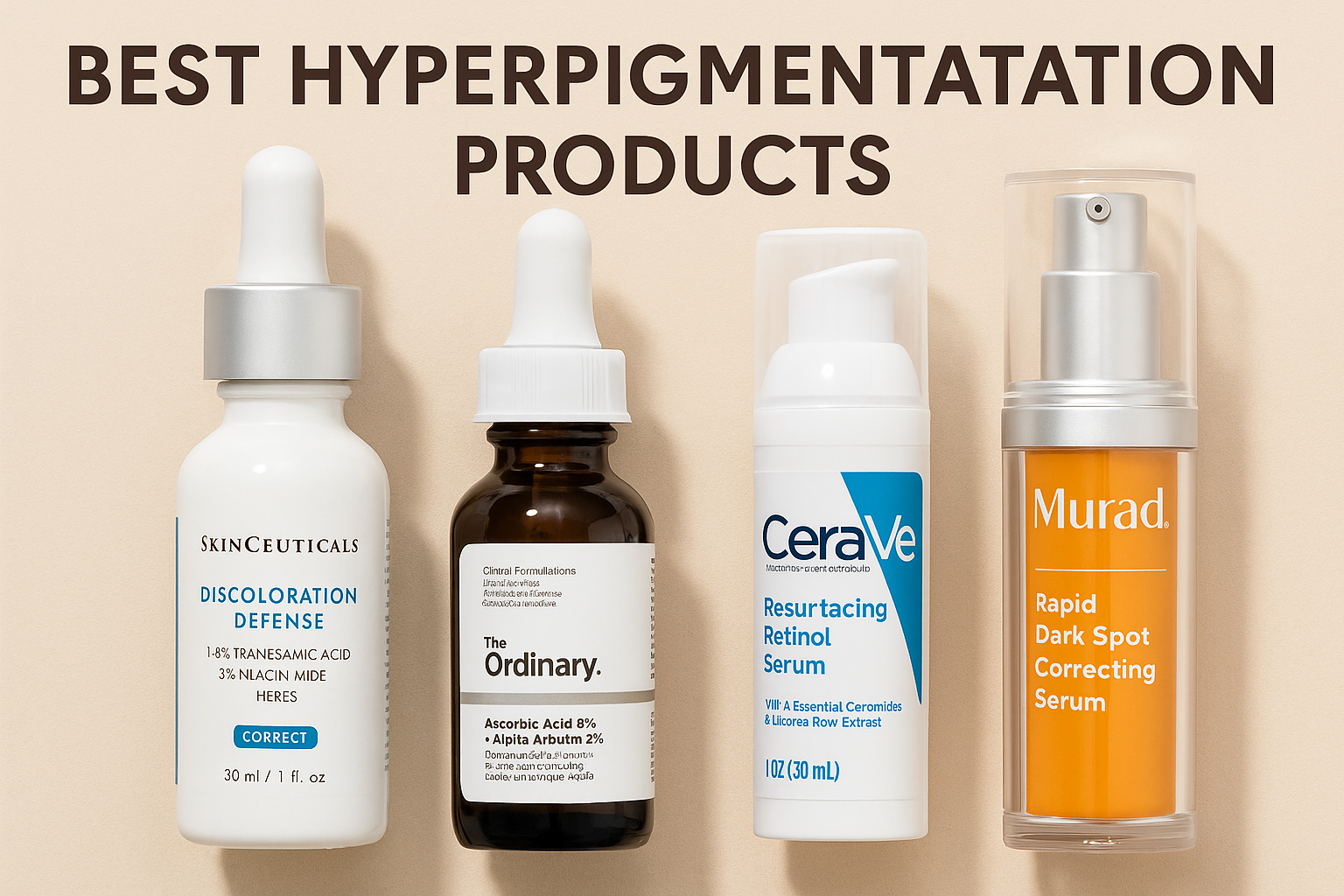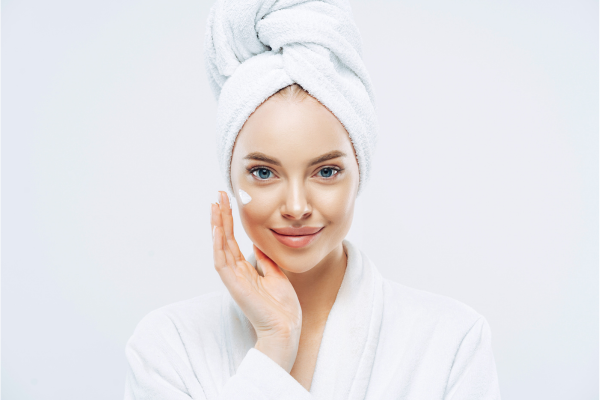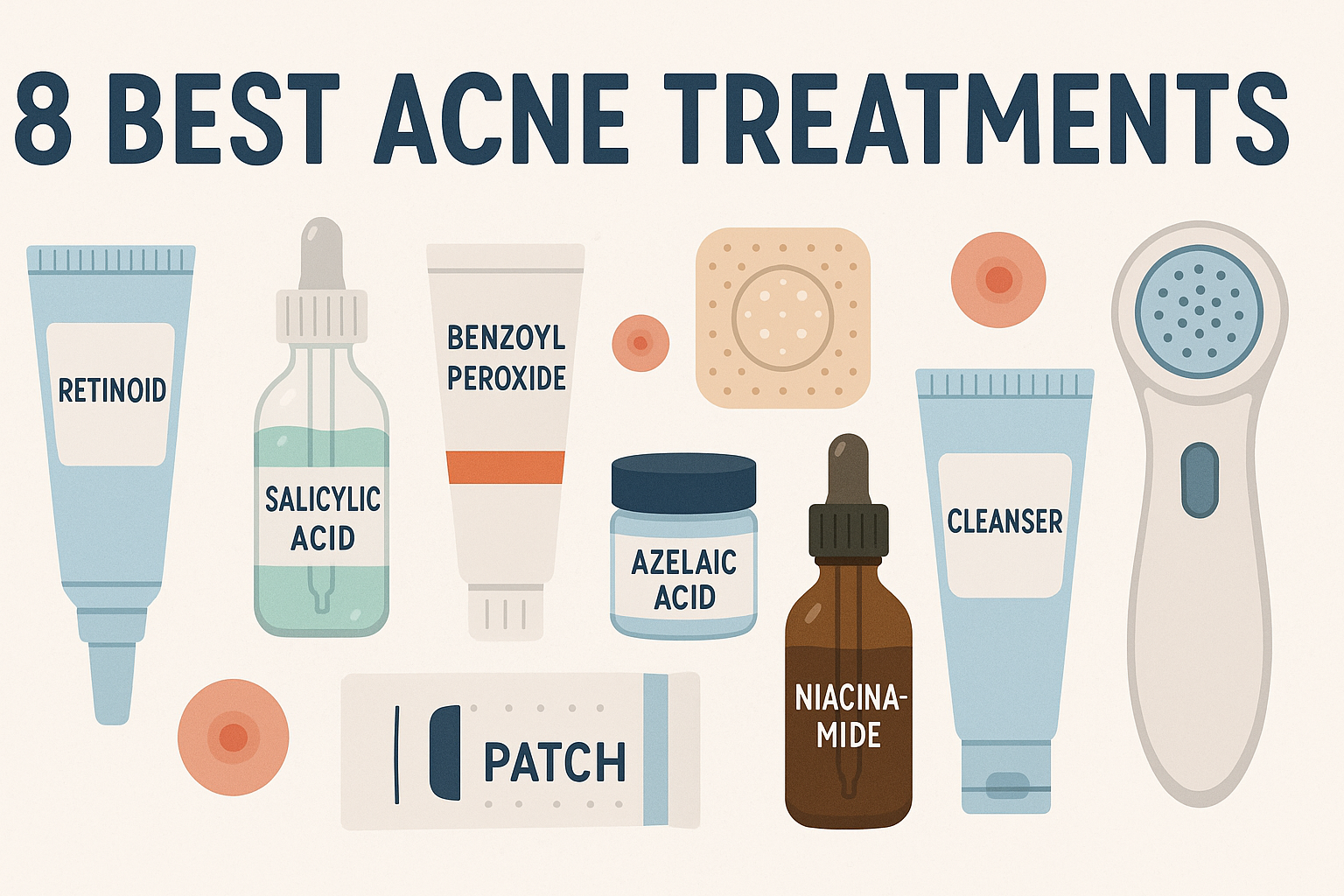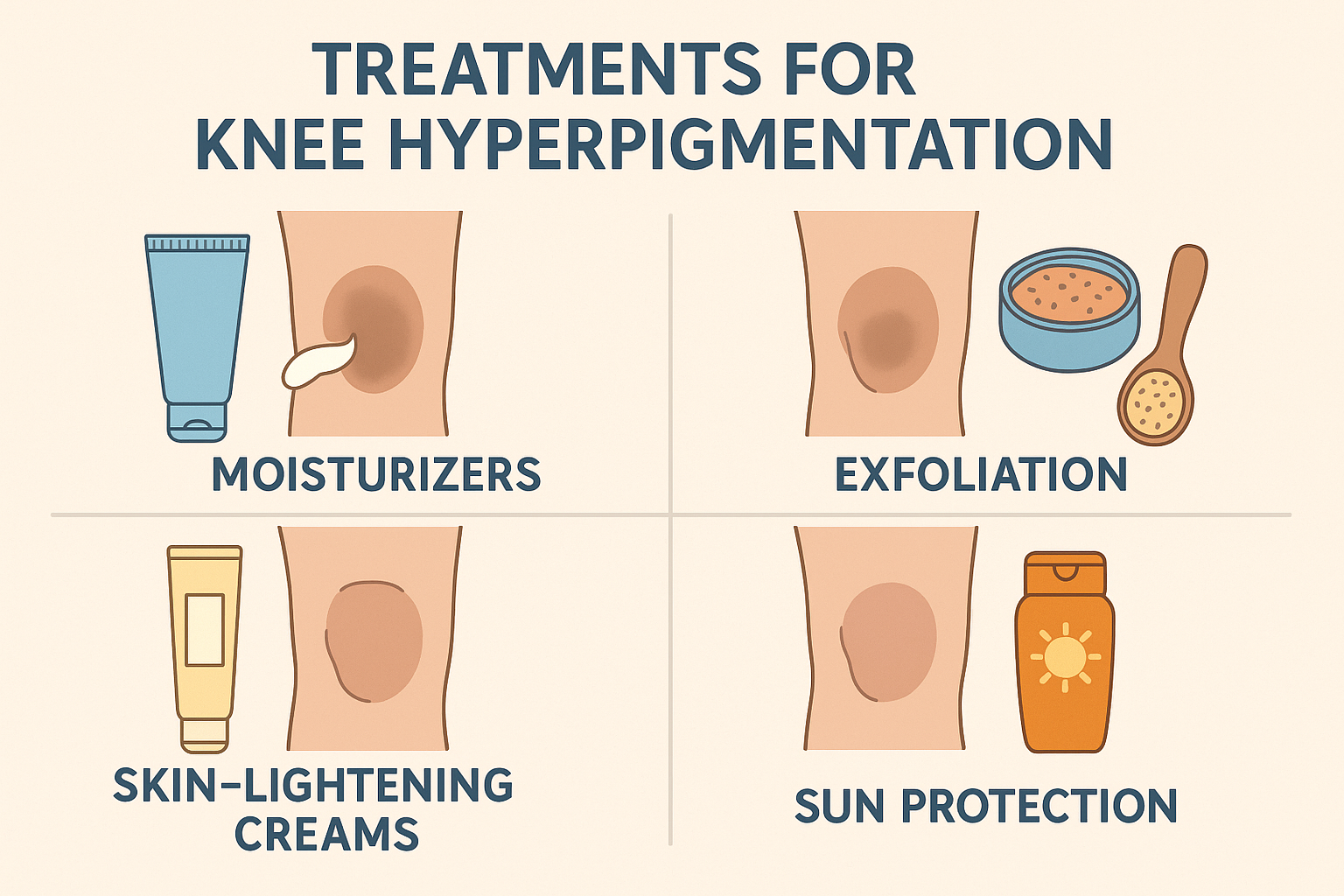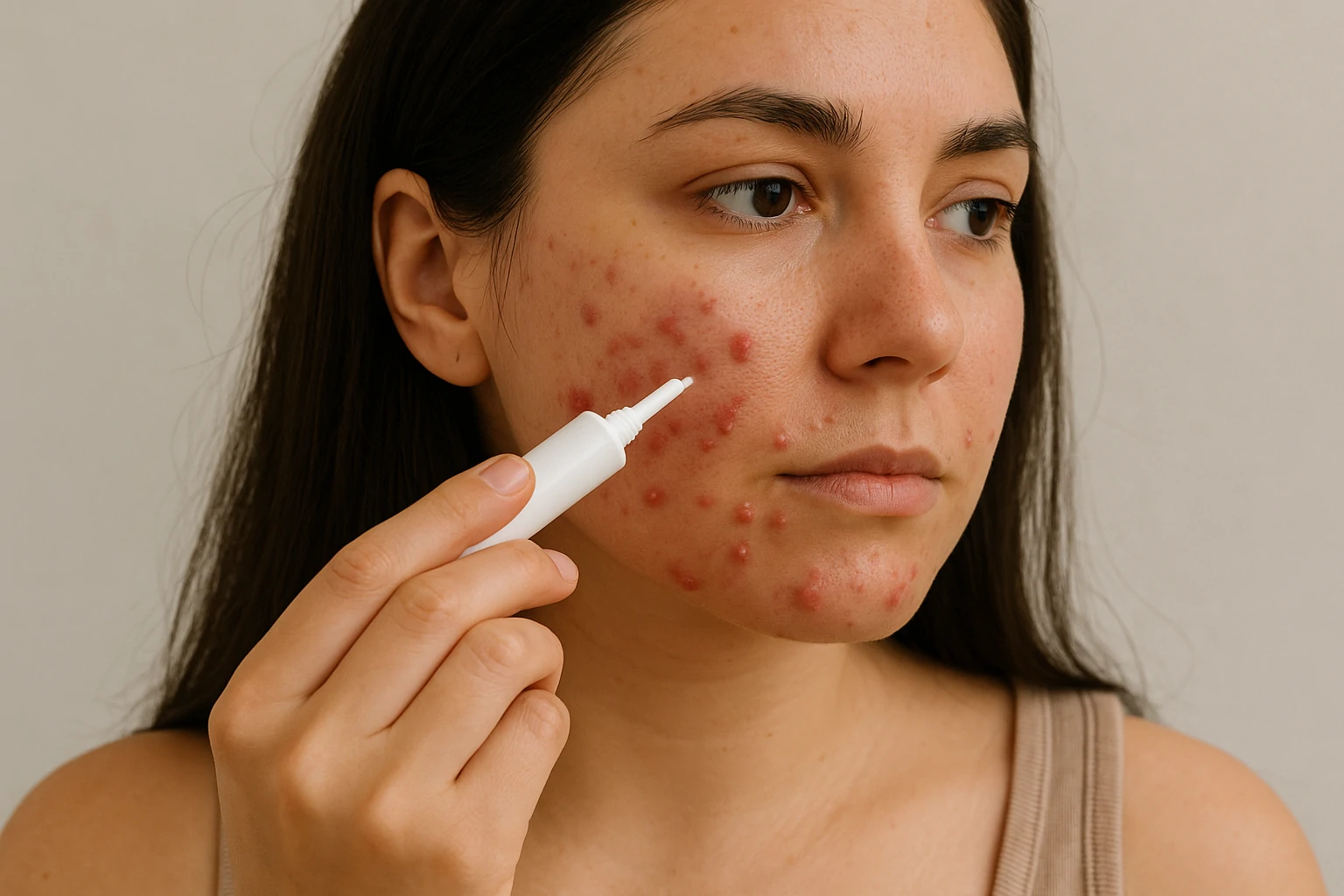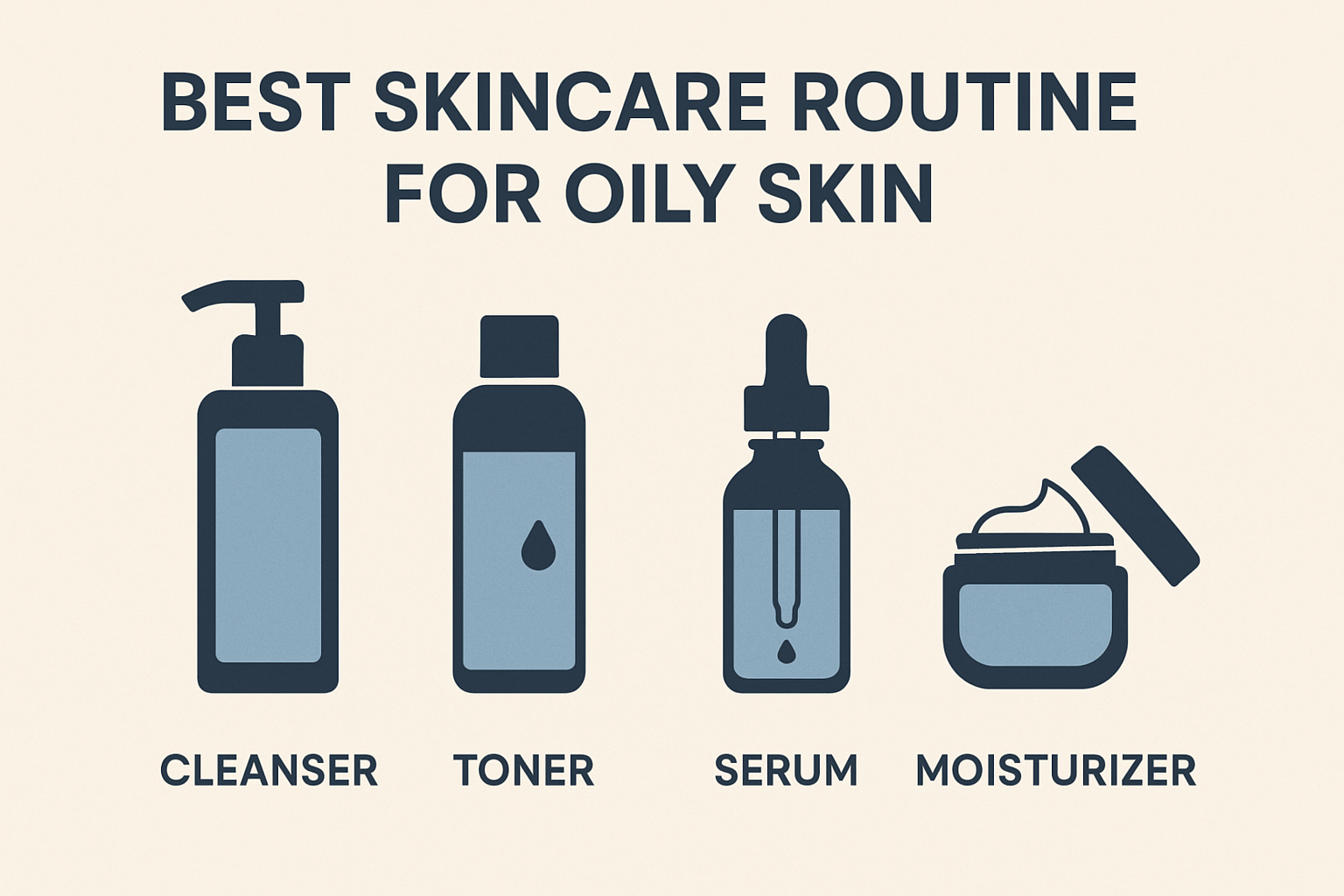Baby Botox: Is It Worth It for Preventing Wrinkles?
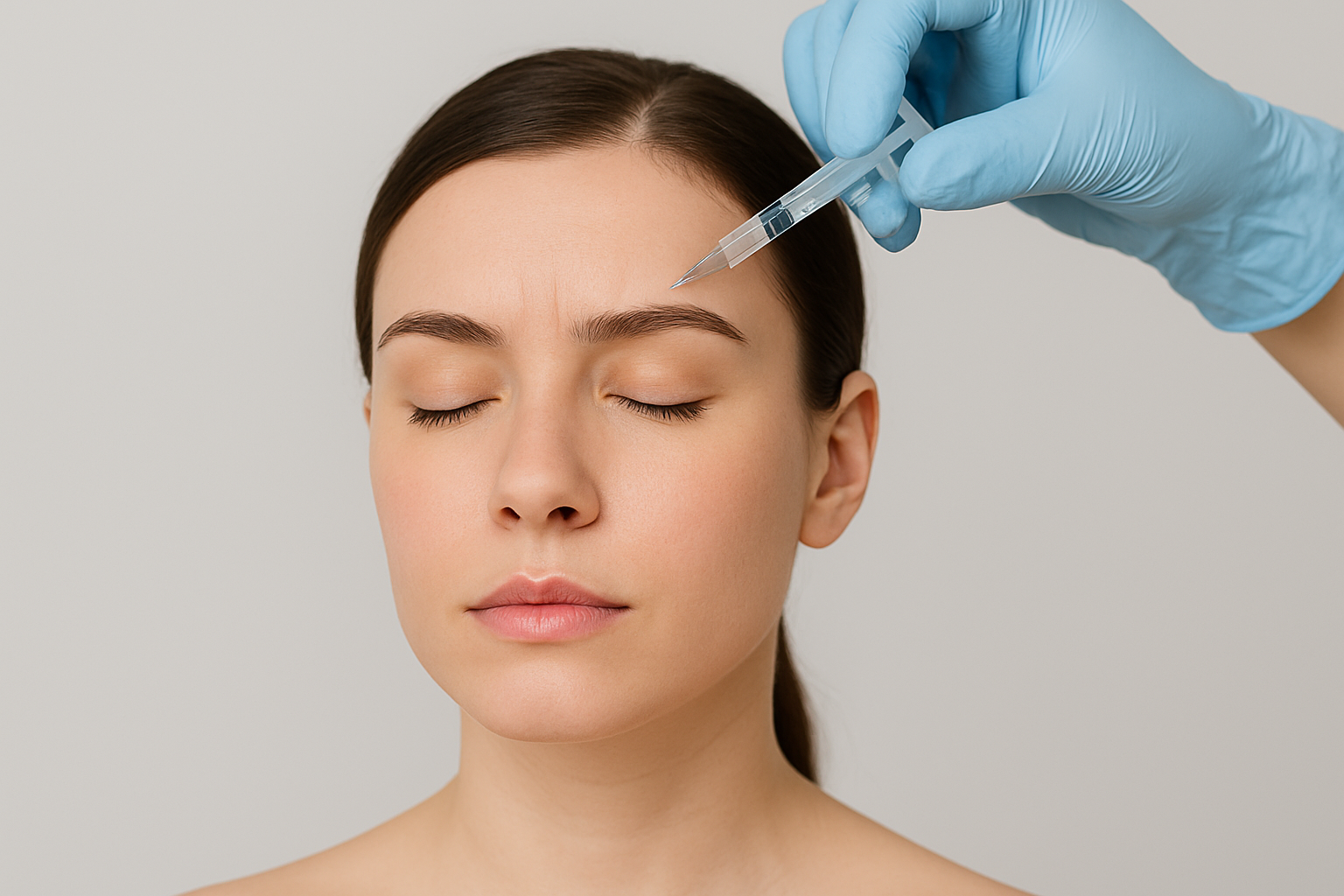
Despite its cute name, Baby Botox is a serious aesthetic procedure grounded in medical science. This treatment uses microdoses of botulinum toxin type A to gently relax facial muscles. The goal isn’t to freeze your expressions, but to prevent fine lines from deepening into wrinkles—without making your face look stiff or “frozen.”
Baby Botox is increasingly popular among people in their 20s to 40s who want a more natural approach to early wrinkle prevention. Thanks to its precise injection technique and low dosage, the results appear subtle, refreshed, and allow for full facial movement.
This article will cover everything you need to know about Baby Botox: how it works, its benefits, the typical duration of effects (usually 2–3 months), and potential side effects like mild swelling. You’ll also learn what to expect during the entire process—from the initial consultation to post-injection care. It’s an ideal guide for anyone new to aesthetic treatments who wants to take a safe, informed first step.
What Is Baby Botox?
Baby Botox is a lighter version of traditional Botox injections. Its primary focus is early prevention of fine lines and wrinkles—not correction. The doses are significantly smaller and are gently injected into specific areas of the face. This subtle approach is ideal for younger individuals who want to maintain firm, youthful skin without looking obviously “treated.”
According to Dr. Amy Forman Taub, Baby Botox is well-suited for people who don’t yet have many wrinkles but want to slow down the aging process. By targeting micro muscle movements that cause expression lines, this technique helps prevent wrinkles before they form.[1Byrdie: What Is “Baby Botox”—And Is It Worth It?]
Also known as micro-droplet injection, this method involves superficial injections that deliver smoother, more natural-looking results. There’s no universal standard for the number of units used, but the goal remains the same: to create a refreshed, smoother appearance while preserving full facial expression.
Benefits of Baby Botox
Baby Botox delivers subtler results compared to traditional Botox, thanks to its more precise application. Popular treatment areas include the forehead, crow’s feet around the eyes, and smile lines. The effects are lighter and more natural-looking, giving your face a refreshed glow without sacrificing facial expression.
One of Baby Botox’s biggest advantages is its preventative power. By limiting the movement of small facial muscles, it helps stop deeper wrinkles from forming over time.[2Michele Green MD: Preventative Botox.] Plus, the smaller dosage reduces the risk of common side effects like bruising or swelling.
Baby Botox can also ease muscle tension in the jaw area—especially helpful for those who grind their teeth or experience stress-related clenching. Some users even notice a slimmer-looking face as a result of jaw muscle relaxation, offering both aesthetic and therapeutic benefits in one treatment.
Who Is Baby Botox For?
Baby Botox is designed for those who don’t yet have deep wrinkles but want to keep their skin looking firm and refreshed. It’s perfect for beginners, especially if you’re seeking subtle results without sacrificing natural facial expressions. This treatment can be an ideal first step in your skincare and anti-aging journey.
According to Dr. Pamela Benito, Baby Botox is especially beneficial for younger individuals with mild fine lines. Its effects are preventative—by limiting the muscle activity that leads to wrinkles, it helps your skin stay youthful for longer.
However, if you already have deep-set wrinkles, traditional Botox may be more effective, as it requires higher doses to relax stronger facial muscles. That’s why choosing the right treatment depends on your current skin condition and long-term goals.
Baby Botox Prep: What to Do Before Your First Session
Before starting the treatment, consulting with a licensed aesthetic doctor is essential. Be open about your goals—whether you’re aiming for wrinkle prevention, a refreshed appearance, or simply want to try a light aesthetic procedure. This allows the doctor to determine the most suitable injection points and dosage for your needs.
Ask for a detailed explanation of the facial areas to be treated, and if possible, request before-and-after photos from previous patients. This can give you a more realistic expectation and help you feel more confident about the potential results.
On the day of your appointment, arrive with a clean face and avoid wearing heavy makeup. This step is crucial to minimize the risk of infection and ensure a smooth injection process. Proper preparation enhances both the safety and overall effectiveness of the treatment.
What Happens During a Baby Botox Treatment?
During a Baby Botox session, your doctor will inject small amounts of botulinum toxin type A into targeted areas of your face. While the technique is similar to traditional Botox, the key difference lies in the dosage and distribution—it’s lighter and more spread out.
The main goal of this procedure is to gently relax the muscles, not to fully paralyze them. The result is a face that remains expressive but looks softer and more refreshed. This is especially important for anyone seeking a natural appearance without the “frozen” look.
The procedure is usually quick, taking around 10 to 20 minutes. Results begin to appear within a few days and typically last about 2 to 3 months. Often referred to as soft Botox or micro-Botox, this method is especially popular among first-timers looking for a light, preventative anti-aging treatment.
Baby Botox vs Traditional Botox: Key Differences in Dosage and Results
Although both treatments use the same active ingredient, Baby Botox and traditional Botox differ significantly in the amount of product injected. For example, a standard Botox treatment for the forehead may use 30–40 units, whereas Baby Botox typically requires only about half that amount. The dosage for areas around the eyes is also much lower with Baby Botox.
These smaller doses create more subtle effects, helping you avoid the “frozen” or overly tight appearance. Baby Botox is primarily intended for prevention and light correction, making it ideal for first-timers or anyone looking for a more natural, understated result.
With the right dosage and technique, the outcome can look exceptionally natural. That’s why it’s important to consult a qualified and experienced practitioner to ensure safe, personalized results that align with your expectations.
Baby Botox Treatment Areas: From Lower Face to Neck
Baby Botox can be used in more areas than traditional Botox, offering greater versatility for subtle enhancements. On the lower face, it’s effective for treating marionette lines around the mouth, bunny lines on the nose, and smoker’s lines above the upper lip. Injections can also smooth out a textured or dimpled chin.
In the neck and décolletage, Baby Botox helps reduce horizontal lines and offers a mild lifting effect. It’s even used to manage bruxism (teeth grinding) by relaxing the jaw muscles, which can also result in a slimmer facial appearance.
When applied around the lips, Baby Botox can create a “lip flip” effect—gently lifting the upper lip without the need for filler. It can also correct a gummy smile, though this requires a skilled injector due to the precision needed for safe and natural-looking results.
Baby Botox Side Effects: Milder, But Still Worth Noting
While Baby Botox is considered a gentle treatment, it still carries the potential for side effects. The most common reactions are mild bruising or swelling at the injection site, which typically subside within a few days. Thanks to the low dosage, the overall risk is much lower than with traditional Botox.
However, if the injection technique is inaccurate, results may appear uneven or asymmetrical. This is why it’s essential to choose a licensed and experienced provider skilled in micro-injection methods. In rare cases, slight drooping of the eyelids or brows (ptosis) can occur, though this is uncommon with Baby Botox due to the minimal amounts used.
Overall, Baby Botox is considered a safe option for beginners who want to explore light anti-aging treatments without major risks. The key is to work with a qualified medical professional to ensure both safety and optimal results.
The Cost
Although Baby Botox uses a smaller dosage than traditional Botox, that doesn’t automatically make it cheaper. What you’re paying for goes beyond the active ingredient—it also includes the skill and precision of the injector. The micro-droplet technique used in Baby Botox requires specialized training and meticulous accuracy, which directly influences the overall cost.
Some clinics charge based on the number of Botox units used, while others price it according to the facial area being treated. So even if fewer units are injected, the total price can still be relatively high. For example, Baby Botox treatments with Dr. Pamela Benito start at around $268—but prices may vary depending on the clinic’s location and the provider’s expertise.
It’s important to view the cost as a long-term investment in preventative aging. When performed correctly by a qualified professional, Baby Botox can deliver natural-looking, long-lasting, and safe results.
How Long Does Baby Botox Last? Here’s the Truth
The effects of Baby Botox typically last a bit shorter than those of traditional Botox. While standard Botox can remain effective for 4–5 months, Baby Botox results usually peak around the 3-month mark. This is due to the smaller dosage, allowing facial muscles to regain movement more quickly.
However, how long the effects last can vary greatly from person to person. Factors like age, facial muscle strength, metabolism, and lifestyle all play a role. For instance, someone with a fast metabolism or who exercises intensely may need more frequent touch-ups. On the other hand, individuals with only mild fine lines may enjoy longer-lasting results.
Interestingly, when Baby Botox is used consistently as a preventive treatment, its effects can become more stable over time. As facial muscles adapt to staying relaxed, fine lines become less likely to form again.
Post-Treatment Care After Baby Botox: What to Do and Avoid
Aftercare for Baby Botox is relatively simple, but it plays a crucial role in ensuring optimal results. For the first 4–5 hours following your session, it’s important to remain upright—avoid lying down or sleeping. This helps prevent the botulinum toxin from shifting to unintended muscle areas due to gravity.
Your doctor may also recommend light facial movements around the injection sites. For example, gently raising your eyebrows or frowning every 10–15 minutes for about an hour can help the Botox absorb more effectively and speed up visible results.
During the first 24 hours, avoid intense physical activities like heavy workouts, sauna sessions, or facial treatments. These could interfere with how the Botox settles. After that, you can resume your regular routine with no downtime required.
Conclusion: Is Baby Botox Worth It? A Gentle Start to Anti-Aging
Baby Botox is a gentle anti-aging solution ideal for those looking to prevent fine lines early—without sacrificing natural facial expression. With a lower dosage than traditional Botox, this treatment delivers subtle, refreshed results with minimal risk, making it perfect for anyone beginning their skincare journey in their 20s or 30s.
The procedure is quick, virtually painless, and requires no downtime. Its main advantage lies in preventing dynamic wrinkles before they become permanent. When done consistently by a skilled medical professional, Baby Botox can serve as a smart, long-term investment in maintaining a youthful and healthy appearance.
If you’re seeking natural-looking results without the “frozen” face effect, Baby Botox strikes the perfect balance between aesthetics and expression. It’s more than just a beauty trend—it’s a modern, preventative strategy to keep your skin looking fresh and age-defying in a safe and subtle way.
About the Author
M. Hariri is a business and beauty content writer with over five years of experience. He focuses on research-based skincare education and frequently collaborates with dermatologists. His work can be found in various national and international beauty publications.
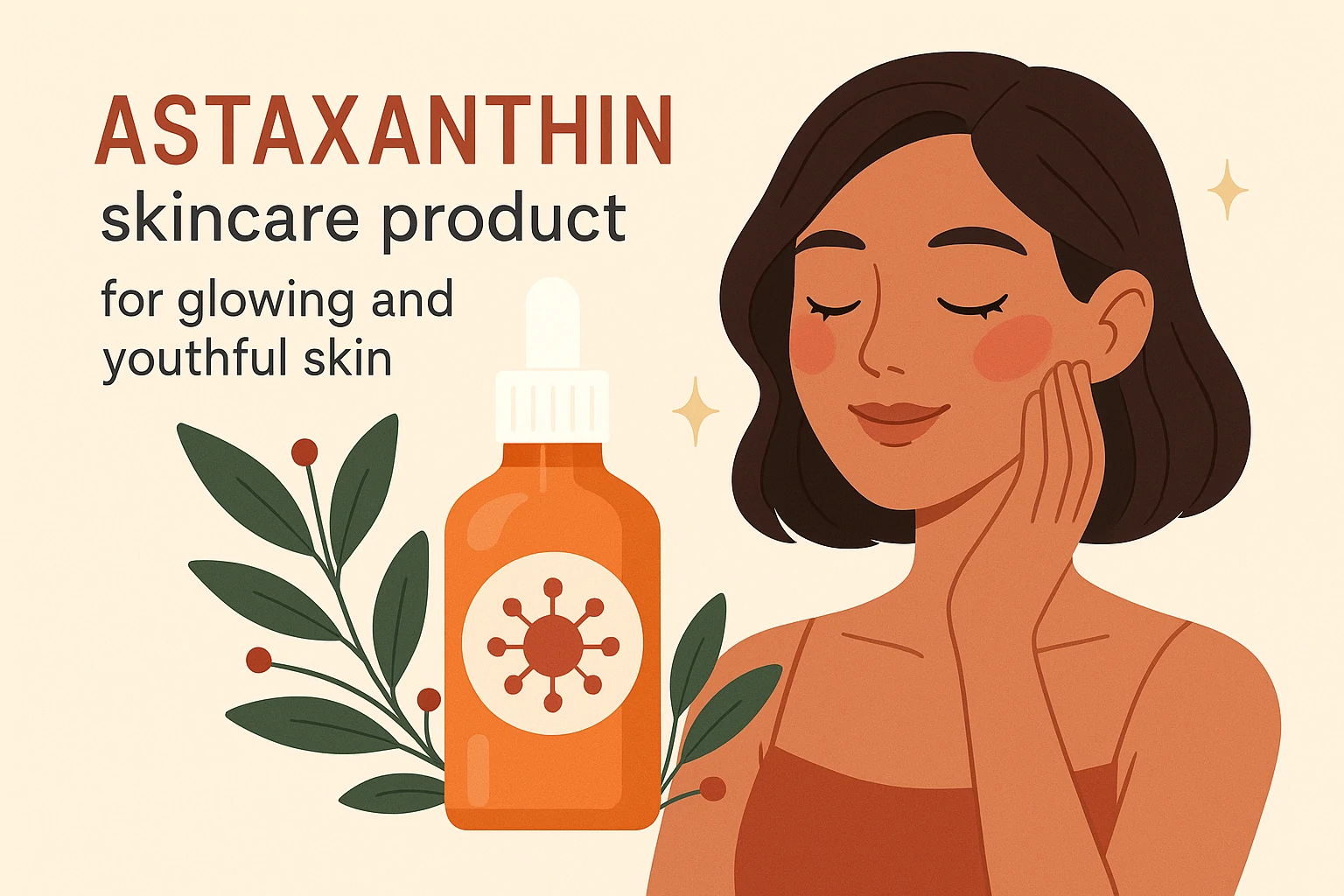

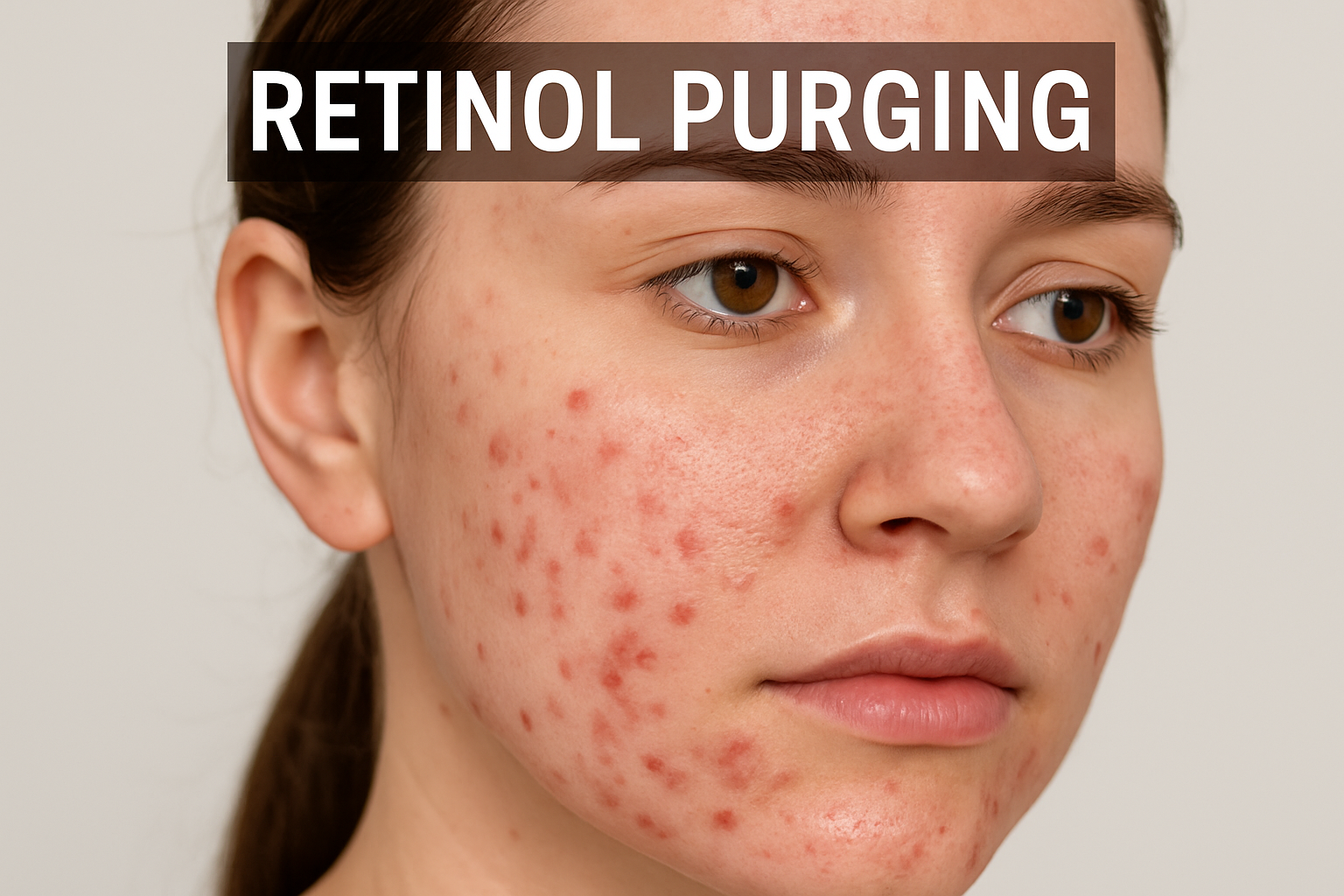
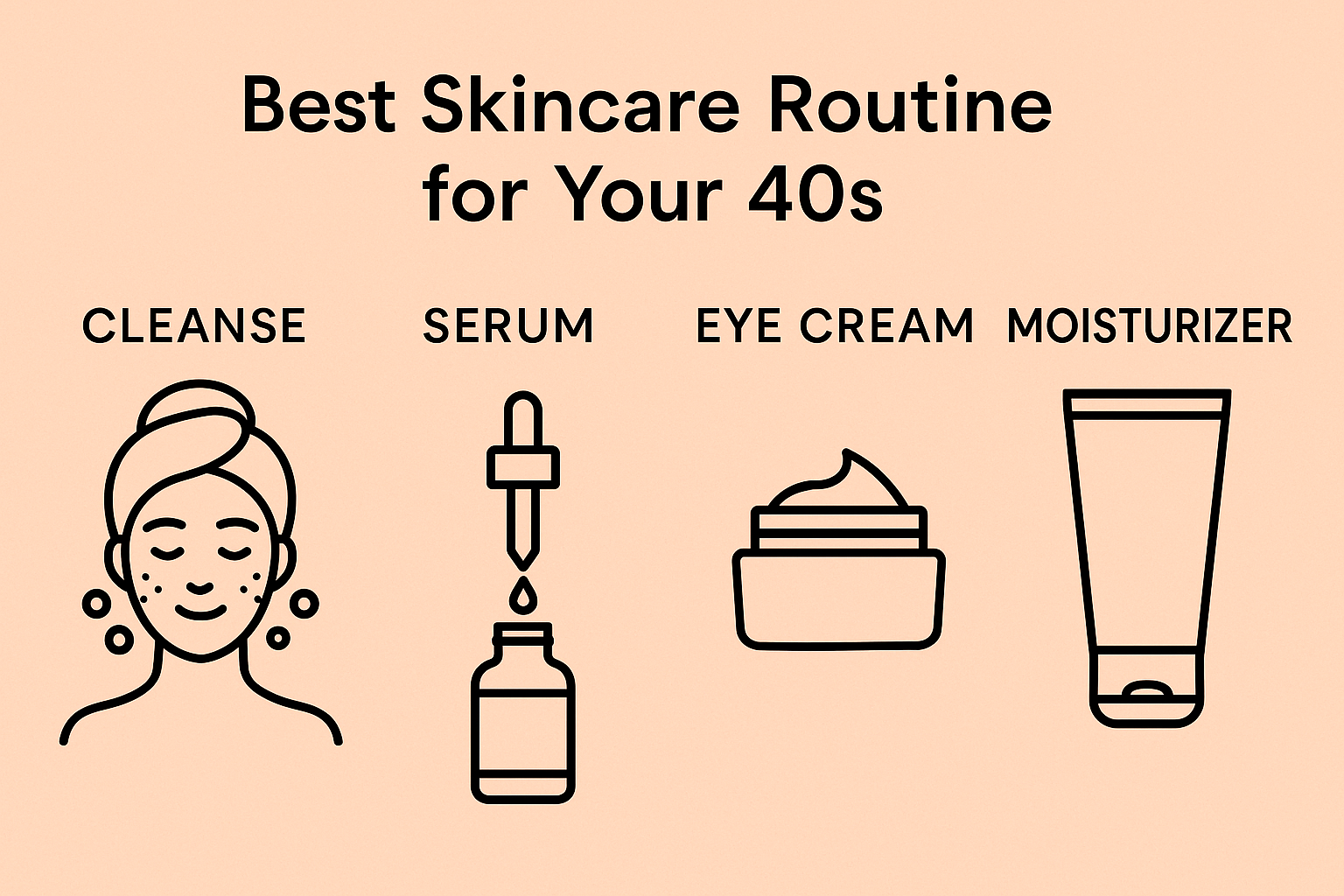
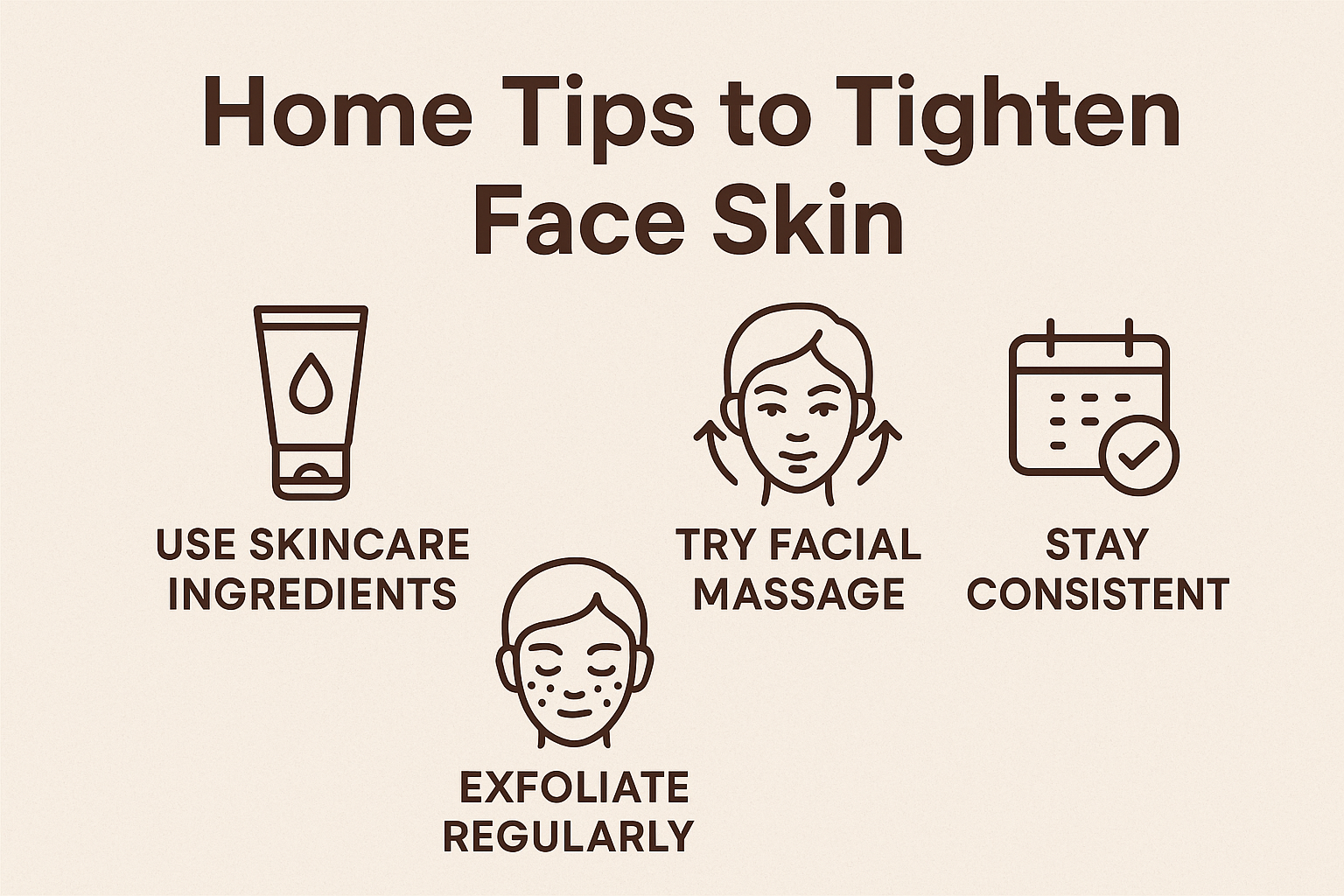

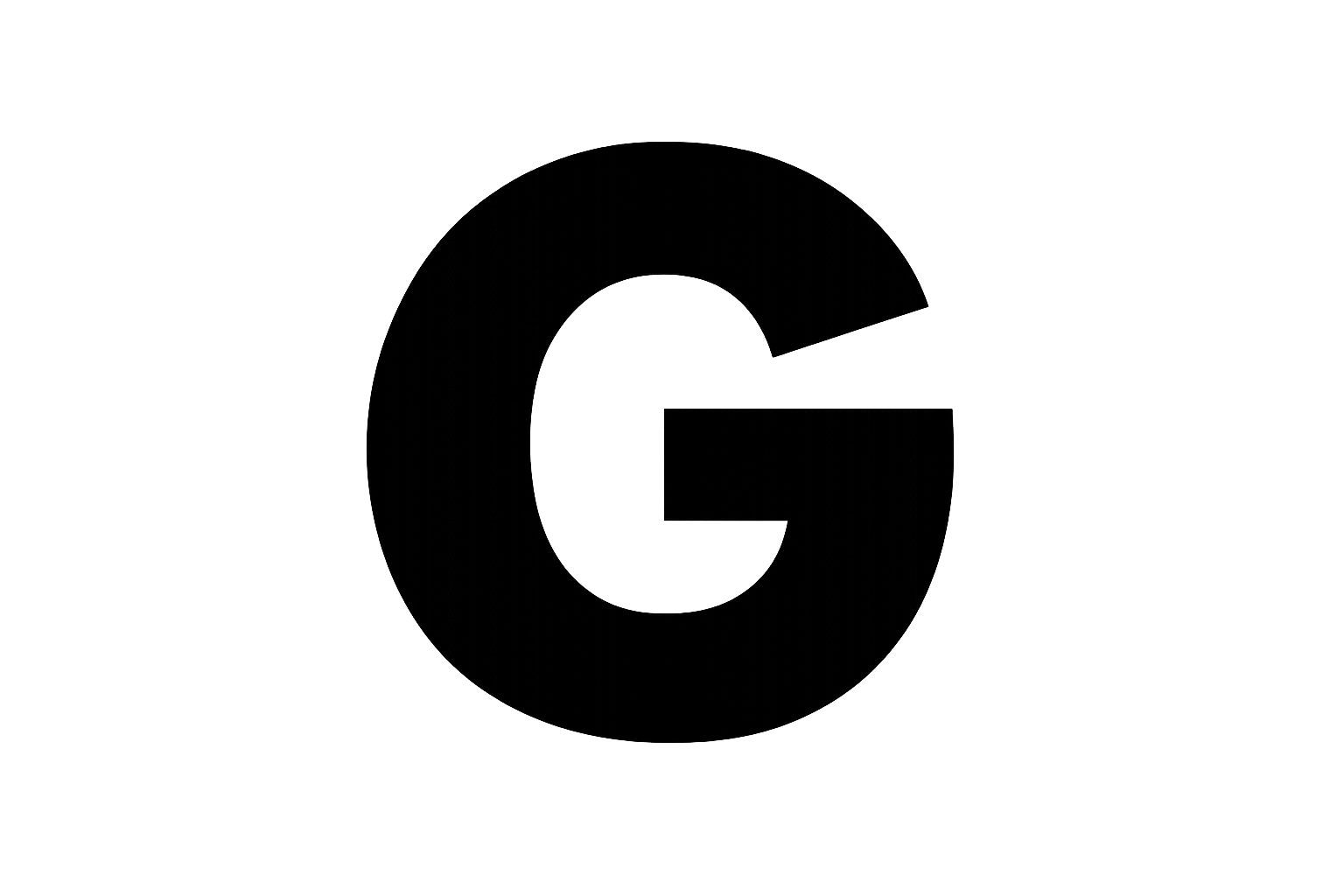 Acne
Acne Anti-Aging
Anti-Aging Business
Business Digital Marketing
Digital Marketing Economics
Economics Movies
Movies Personal Finance
Personal Finance Websites
Websites
